The most beautiful shade-loving annual and perennial flowers for the garden
Many amateur gardeners, when decorating their personal plots, believe that flowering plants should be planted only on the sunny side, since nothing will grow in the shade, let alone bloom, but in fact this is a misconception. Today there are many shade-loving flowers for the garden, you just need to pick and plant them correctly.
Content:
- How to choose plants for planting in a shady area?
- Choosing plants for deep shade
- Selection of plants for the "shade" zone
- Selection of plants for openwork shade
- Choosing plants for semi-shaded areas
- How to create a shade flower bed?
- Tips for caring for shade-loving flowers
- Indoor plant species transplanted into the ground
How to choose plants for planting in a shady area?
Any ennobled area has shady areas, such as the north side of the building, places under the crown of decorative and fruit trees, as well as under a hedge or fence. The sun rarely hits such places, and if it does, it quickly leaves, preventing the garden plants from fully showing their decorative effect and even more so showing their special flowering.
In addition to sun-loving plants: daffodils, tulips, lily, peonies and roses there are many more beautiful shade-loving plants that have luxurious foliage and original flowering. They profitably fill the empty space of any shaded flower bed and look very good.
In order to properly break a shady flower bed, you need to determine its degree of illumination.
After all, there are northern areas, on which direct sunlight practically does not fall, but scattered ones fall. And there are places with very dense shade, especially under the crown of lush fruit trees, where the grass itself does not grow well.
Your personal plot can be conditionally divided into lighting zones:
- sunny area, where the daytime and midday sun falls about 6 hours
- half-shaded area, the sun hits it from 4 to 6 hours, including morning and evening
- shadows, the sun is there only for a couple of hours
- openwork shade, where the sun's rays penetrate only through dense foliage
- deep shadow, the sun gets there very rarely (up to an hour a day)
After correctly defining the zone, you can safely select plants for the prepared flower bed, without fear that the plants will not develop or die in the shade.
Choosing plants for deep shade
The most unfavorable conditions for the growth and development of plants are areas of shade and deep shade. Such flower beds are mainly decorated with deciduous plants, in beauty they, of course, are inferior to flowering samples, but in terms of foliage decorativeness and shade tolerance they even surpass them.
These flowers, in turn, can also be divided into two groups:
- Shade-loving. They develop much better in the shade than in the sun. These include periwinkle, fern, dodecateon and many other plant species.
- Shade-tolerant.They tolerate the absence of the sun, but are not averse to receiving an additional dose of sunlight, these are plants such as viola (violets), astilbe and aquilegia.
It is very difficult to create a flower garden in a deep shady area, especially in the shade of old trees and among buildings. Deciduous plants are suitable for such areas without any competition.
- Fern... The bush is not picky about care and quality of lighting. All its varieties, such as "shitnikov", "ostrich" or "female kochedyzhnik" have a lush green mass, which goes well with spring ephemera, primroses, hosts and irises... The fern located inside the flower bed will create the splendor and volume of any flower arrangement.
- Clefthoof. This is another bright and juicy representative of shade lovers. A very interesting and even unusual plant, their leaf shape resembles a hoof track. Its low-lying branches almost completely cover the soil with their bright green foliage. If you need to fill in the gaps in a flower bed, this is a clefthoof. The dense leaves of the plant are sometimes preserved even under snow cover, especially in the southern climatic regions.
- Hosts... A very attractive plant that grows even in dense shade, the varieties of blue shades "Deep Blue Sea" or "Blue Mouse Ears" are especially popular. The leaves of these plants look like they are covered with wax, and their ashy shade gives the plant a special charm, especially when creating a color composition. It should be borne in mind that some host species do not tolerate shading and may lose their brightness.
Selection of plants for the "shade" zone
The best flowers that are suitable for such a zone are:
- Periwinkle... A magnificent heat-loving flower that grows easily even under trees. It covers the soil, stones, small hedges and wraps around them with dense leaves and bright medium-sized flowers of blue, white and purple. The plant goes well with your favorite plants and bright colors complements any plant composition.
- Dicenter... A lover of shade and moist soil, the magnificent dycenter is very often used in their compositional masterpieces by many landscape designers. Its twigs with brightly blooming pink hearts can often be found at the head of the composition in many areas. It is located in the center of the flower bed, because it grows up to 1 meter wide and decorates any space with its chic spreading bush.
Selection of plants for openwork shade
Under the openwork shade of trees, it is best to plant ephemeroids, such as corydalis, crocuses, scaffolds, anemone or small-bulbous muscari. These flowers have a short growing season, they bloom in early spring, when the trees are still no foliage. While the openwork area is still well lit, crocuses will become the best blooming area under the trees.
Best flowers:
- Garden orchids. Original and very colorful garden orchids (lady's shoes) are suitable for the openwork shade of deciduous and young conifers. They love moist, loose and nutritious soil and shaded areas. They coexist well with hosts, tiarella, astilba, but not with periwinkle.
- Tiarella. A beautiful flower with a beautiful low bush and cream flowers on high legs. They are often divided and transplanted, since, as they grow, they become even more beautiful. Flowers are combined with ferns and hosts.
- Geichera... Owner of triangular leaves of various colors from white to purple. In some types of foliage, the color of the foliage is not uniform, which is distinguished by contrasting veins, multi-colored blotches and original edging. Heuchera blooms in white, pink and red flowers. The flower is often combined with tiarella and planted as a border of a flower bed: their bushes are neatly folded and retain the shape of a flower garden, do not fall anywhere.
Choosing plants for semi-shaded areas
For flower beds located in partial shade, those plants that can be in the sun for 5-6 hours and the rest of the time in the shade will be ideal.For such conditions, such biennials as badan, viola, aquilegia, aconite and rhododendron are suitable.
Annuals can also be grown on shaded beds: balsams, petunia, torrent and lobelia.
How to create a shade flower bed?
To create a flower bed, you need a plot, it must be spacious, at least 4 square meters. It needs to be freed from weeds, unnecessary roots, branches and stones. Then you need to determine what shape it will be: round, oval, square or triangular, and only then you need to form and refine the site.
It is necessary to decide on a set of plants, having studied the characteristics of each, and choose an exceptionally high-quality planting material in accordance with the available soil, its acidity, density and other features. Having prepared the soil, you can decorate the flowerbed with plants, respectively, in the spring (some perennials plant in the fall) in good weather and in a good mood, showing creativity and imagination when planting.
Tips for caring for shade-loving flowers
Plants can be planted with purchased or self-grown seedlings in pots on a flower bed using the usual or transshipment method. Since the flowers will grow on the shady side, the soil cannot be waterlogged during planting, in most cases it will be wet anyway.
At first, the soil around the flowers will need to be loosened and, if necessary, fed with fertilizers for this type of plant.
In the future, the hoopoe will consist in removing weeds, collecting and pruning dried branches, leaves and flowers. It is better to propagate perennial flowers annually by dividing: firstly, there will be more of them, and secondly, when the mother bush gets old or disappears, you will have this type of plant, and you will not need to buy it.
Indoor plant species transplanted into the ground
Today there are many indoor plants that can be planted in the garden for the summer. Such plants include ever-flowering begonia, Waller's balsam and calla. They are planted after May 20 in a hole previously fertilized with humus in a place protected from bright sunlight.
Some plants simply need to be transplanted into open ground, these include:
The most popular shade-tolerant plants are primrose, violet, hyacinths, lilies of the valley, bells and some varieties of tulips. And large-flowered geranium is generally a favorite neighbor of many garden flowers, the owner of a beautiful and long flowering and many other advantages.
Anemone is a very popular plant due to its vibrant color of flowers.
Multi-colored catchment, fuchsia, aconite, snapdragon are unpretentious garden plants that bloom beautifully and live almost until frost. When choosing flowers for a shady area of the garden, you should remember that the absence of sun and light is a big test for your plant, because many plants cannot tolerate darkness at all.
Therefore, preference should be given to unpretentious and already proven plants, and having bought new species, you need to carefully study the peculiarity of the flower and the agrotechnical requirements for its cultivation. It is necessary to monitor the appearance of the plant, observe moderation in watering, if necessary, create a drainage system, mulch the soil with foliage and peat. Try to plant and grow various plants in your shady areas, this is a rewarding business, because the result is aesthetic and very interesting.
More information can be found in the video:



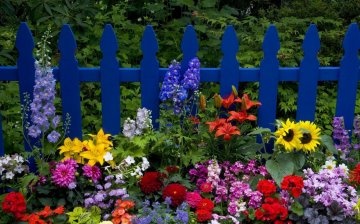

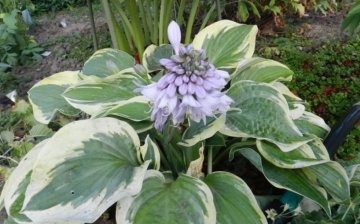
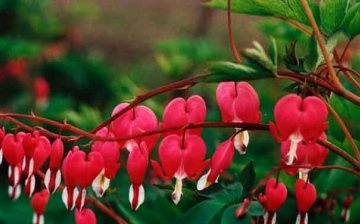
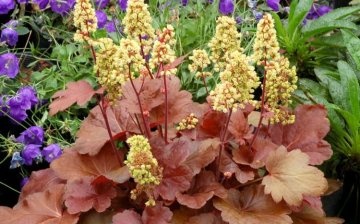









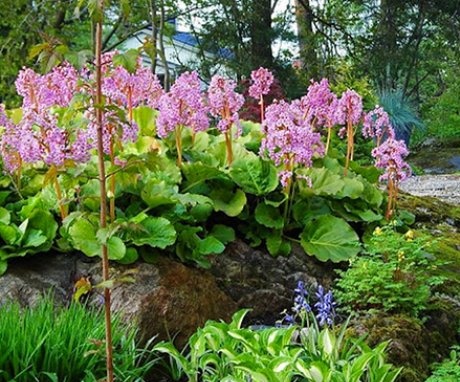
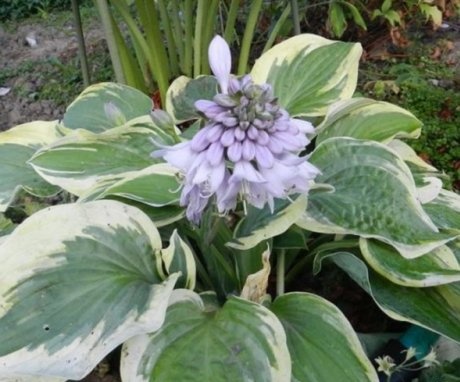
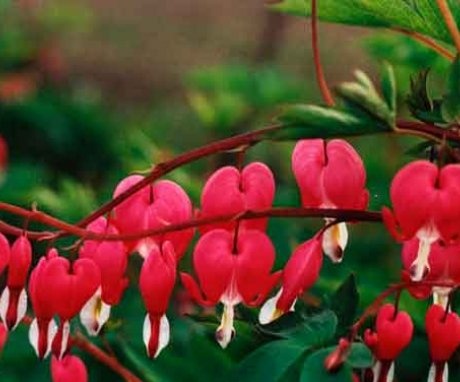
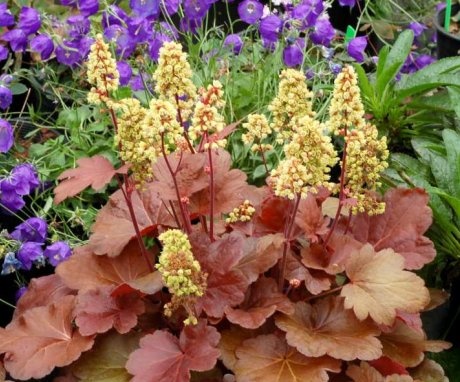
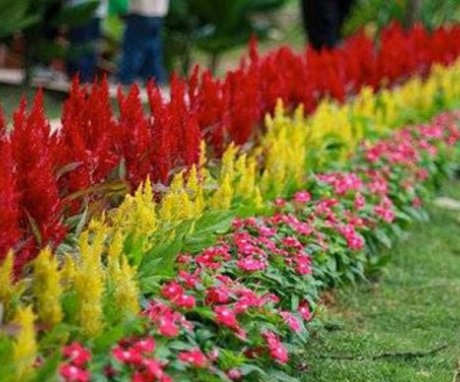
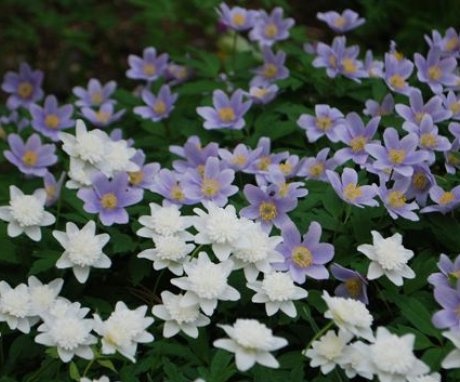
I do not have a lot of space on the site where there is a shadow and usually I did not plant anything there, because I thought that nothing would want to grow in this place. I will definitely try the options suggested in the article.
There is a shadow in the country! Many flowers were planted and annuals, and biennials, and perennials.Only the fern took root. So it grows along the fence. Oh no, we have a lily of the valley growing in the same corner!